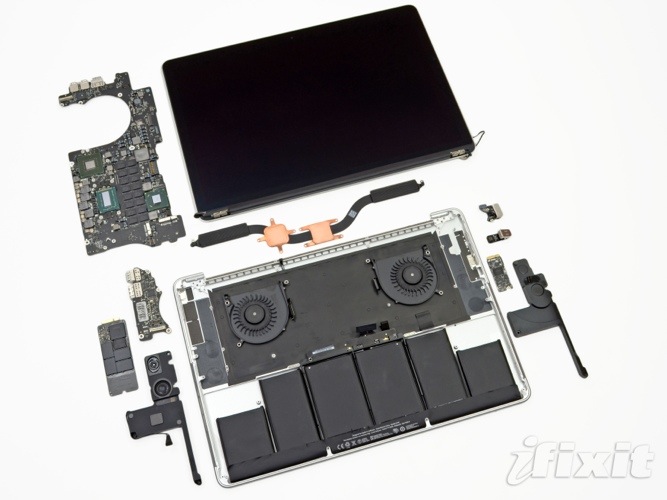A MacBook Letdown →
The MacBook just looks and feels like the obvious, no-brainer choice for a small Mac. That’s why people buy it. That’s why I bought it. I loved it before I bought it. I love looking at it and picking it up.
I just hate using it.
I hate typing on it, I hate the trackpad, it’s slower than I expected, the screen is noticeably blurry from non-native scaling to get reasonable screen space, and I don’t even find it very comfortable to use in my lap because it’s too small.
I hate returning things, but I’m returning this.
Some really strong words by Marco Arment about Apple's latest Macbook. I'll agree whole heartedly with all his conclusions and unfortunately, after waiting years for an upgrade to the latest MacBook Pro Retina Display, might take his suggestion in buying yesterday’s model on the cheap and saving some money.
I sold my late 2008 MacBook Pro two years ago and have since been using a late 2010 MacBook Air, but it’s time that I give this laptop back to the wife and grab my own. I’m just sad that the latest MacBook Pro’s released just yesterday are still running Haswell instead of Broadwell and with Intel’s Skylake around the corner, who knows what Apple might do. Not to mention Marco’s disdain for Apple’s new Force Touch Trackpad.
The one thing that I do like with the latest $2,499 MacBook Pro is the new AMD Radeon R9 M370X video card. Clocking in at 70% faster1 than the NVIDIA GeForce GT 750M, it’s quite remarkable but the price is a little much. You’re essentially paying $700 for the Force Touch Trackpad and discrete graphics which end up making it TOO HARD to justify. Going with the pre Force Touch Trackpad MacBook Pro and without discrete graphics at $1799 is too hard to pass up.
Footnote #4 under the the MacBook Pro Performance Retina Page: Testing conducted by Apple in April 2015 using preproduction 2.5GHz quad-core Intel Core i7-based 15-inch MacBook Pro systems with AMD Radeon R9 M370X and 2GB graphics memory, and shipping 2.5GHz quad-core Intel Core i7-based 15-inch MacBook Pro systems with NVIDIA GeForce GT 750M and 2GB graphics memory, all configured with 16GB RAM. Resolution used: 1440x900. Tomb Raider tested using the built-in benchmark, with anti-aliasing turned off and low graphics quality. Formula 1 2013 tested using the built-in benchmark, with 2x anti-aliasing and default graphics settings. Batman: Arkham City GOTY tested using the built-in benchmark, with 4x anti-aliasing and high quality setting. MacBook Pro continuously monitors system thermal and power conditions, and may adjust processor speed as needed to maintain optimal system operation↩


